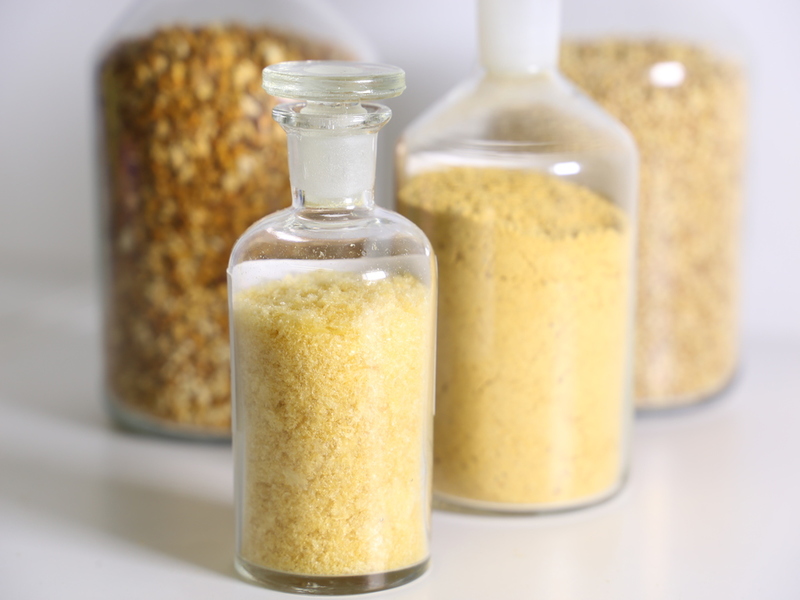
VTT Technical Research Centre of Finland has developed a new process to extract active substances from husks of berry seeds that are found to possess anti-microbial properties with application in cosmetic products.
The new seed sanding method is intended to enhance compounds that inhibit the growth of harmful bacteria, as well as aid the maintenance of natural microbial balance in the skin.
The research centre used a hydrothermal extraction technology to recover active substances from seed husk fractions, without the use of any toxic reagents or solvents.
Designed to suit different varieties of berry seeds, the new method results in the extraction of light-coloured, powdery and water-soluble berry seed husk fractions. After the sanding process, seed oil can be sourced from the remaining seeds.
VTT principal scientist Riitta Puupponen-Pimiä said: "We have investigated how the microbes typically found in human skin and those that hide in cosmetics products react to polyphenols contained in berries.
“At a general level, you could say that seed husk fractions and the resulting extracts prevent harmful microbial growth in the skin, but do not suppress the growth of good microbes.”
The sanding process is suitable for berries with large seeds, while VTT developed a wet milling method to extract useful compounds from small-seed berries.
According to VTT, the seed fraction extracted from Finnish cloudberries and Arctic brambles is rich in polyphenols, called ellagetannins, which possess anti-microbial properties.
The research further revealed that seed press cake comprises additional health-promoting compounds that are useful for cosmetic and food applications.
The research centre has obtained a patent for the sanding method and filed for two additional processing patents.
It is also seeking associated commercialisation options of natural antimicrobial compounds in berries.
Image: Berry seed husk fractions. Photo: courtesy of VTT Technical Research Centre of Finland.














